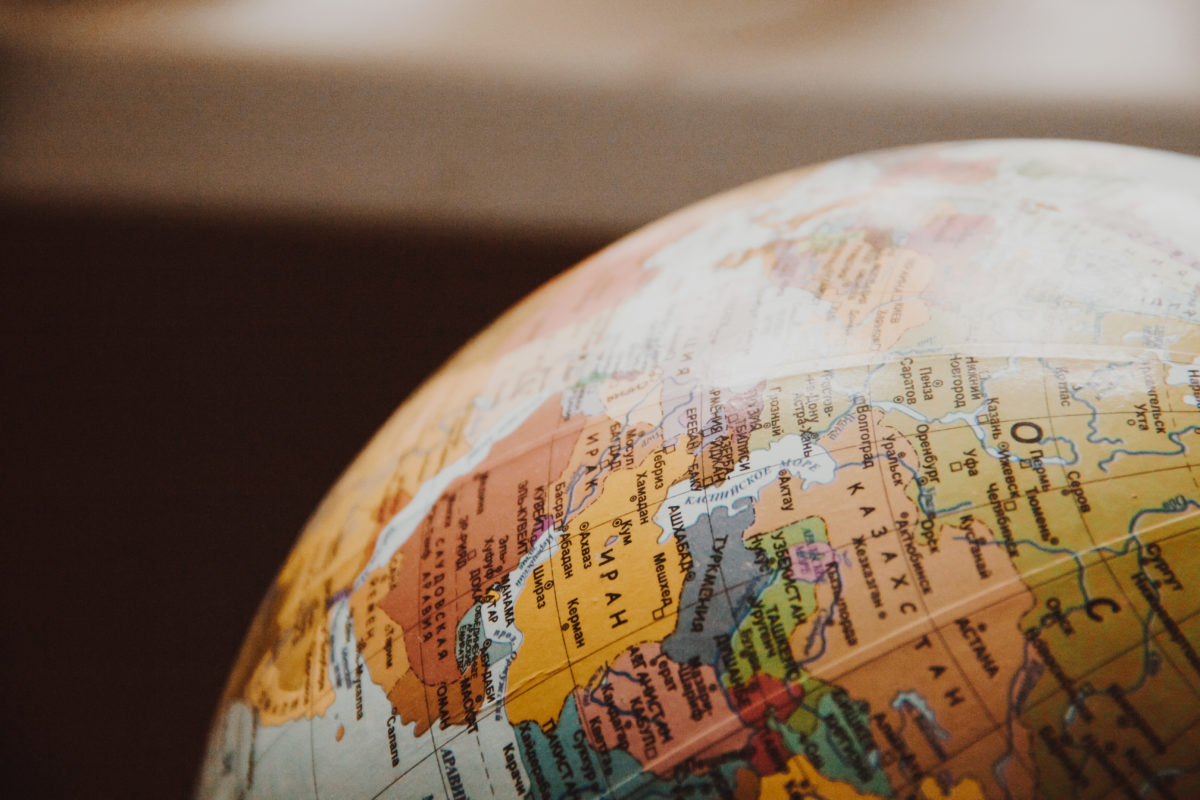World Maps Are Not As Accurate As We Believe
When it comes to maps, it’s probably safe to assume that we’re pretty big fans. In short, we think they’re great. They help us to understand the world around us. They help us plan, travel, explore, and connect with new people, places, and adventures.

However, is it best to immediately assume that they are always 100% correct or tell the full story of our planet? After all, the world maps we know and love were crafted by humans, and we humans have a pretty good track record for getting stuff wrong. Are our world maps actually accurate? Or are they just another area littered with our collective cluelessness? Let’s explore the answer.
What Map Do We Use?
Before we delve into the accuracy of our maps, it’s probably a good idea to start at the basics. The map we are most familiar with is called the Mercator projection (yes, it actually has a name), and Gerardus Mercator initially presented it in 1569. Unlike many other cartographers at the time, Mercator’s map kept latitudinal and longitudinal map lines at 90-degree angles.
He also opted to present them as moving away from one another as they moved north and south of the equator. Together, these changes made the map more practical for navigation because each straight line is a line of constant true bearing. The Flemish geographer also published a formula that corrected distance distortion, allowing sailors to convert their endpoints into equatorial degrees and then figure out their distance from there.
English, please? Mercator’s formula and map projection allowed navigators to plot a straight course without any of the constant recalculations required by earlier projections. Not only that, but they were able to figure out distance quickly, too. This was a tremendous innovation.
Maps suddenly moved from being merely descriptive to being actively functional, and exploration was suddenly made far more accessible. To say it was a gamechanger at the time would be a massive understatement. However, it’s still one of the most widely recognized and widely used maps we’ve got. Used in classrooms all over the globe, even you probably know it well.
Acurracy of World Maps
Now that we know some about the map we commonly reference, is it truly accurate? Is everything you know a lie? Well, we can’t definitively answer the latter question for you (although we’re probably safe in assuming you’re right about a couple of things), we can take care of the former. The short answer: absolutely not.
Thanks to the varying distances between latitude lines away from the equator, the map pretty severely distorts surrounding landmasses. For example, tiny Greenland? Yeah, it’s suddenly significantly bigger than places like African and South America. In reality, it’s 14 times smaller than Africa. This isn’t a big deal when using it for travel purposes, but it can become an issue when using it for educational ones.
So, Mercator’s projection isn’t accurate, but what about other world maps? Are there any other maps out there we could use? Yes. In fact, several other world maps exist, although they may be referenced less often. There’s also Van der Grinten’s projection, the Miller projection, the Robinson projection, the Authagraph, and a slew of others to consider.
Each of them comes with their own advantages and disadvantages, with some retaining issues similar to the Mercator projections or creating entirely new ones like country shape distortion.
The Better Choice
While the Mercator projection was ideal for navigators, it doesn’t serve us as nearly as well nowadays when we need a useful reference of the world. Frankly, it’s way too wonky. The scale’s distorted, and sometimes dramatically. If it can’t be used as a go-to world map, though, what can? It depends on who you ask.
By and large, however, a few do stand out above the rest. The Miller projection, the Winkel-Tippel projection, and the Authagraph are three of the best world maps available to us since they mostly solve the problems presented by Mercator’s map and others that came before them.
The Miller projection is a compromise between the Mercator one and Gall-Peter’s, a map that trades size distortion for shape distortion. Miller’s map manages to mostly sluff their respective issues while still looking approachable and familiar. Winkel-Tippel’s is similar but maintains even better balance.
It’s even used by National Geographic, which gives it a few brownie points. Still, neither can fully earn the title of the best world map. Distortion is still there despite being better than the past, and presentation could use a bit of an upgrade.
What’s the most accurate map then? The Authagraph earns that title. Invented relatively recently in Japan, it’s already finding a solid foothold in the map world. The shape and sizing of countries feel unfamiliar for those used to the Mercator projection, but it is incredibly true to form with the proper balance between size and shape. All around, it’s one of the most accurate world maps out there, and it’s one that should find widespread use in the years to come. Bonus, it’s rather pretty to look at, and who doesn’t want that?
Did you like our travel tips? Let us know how we did and visit our website for more about travel, geography, mapping, and more!



